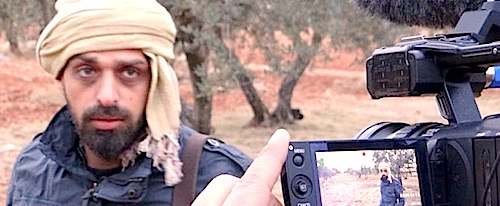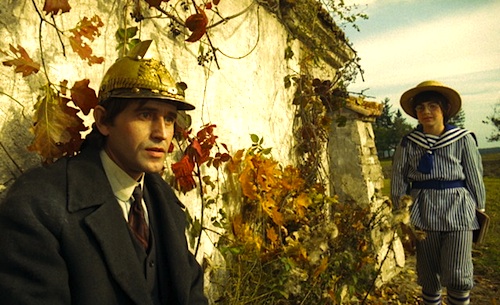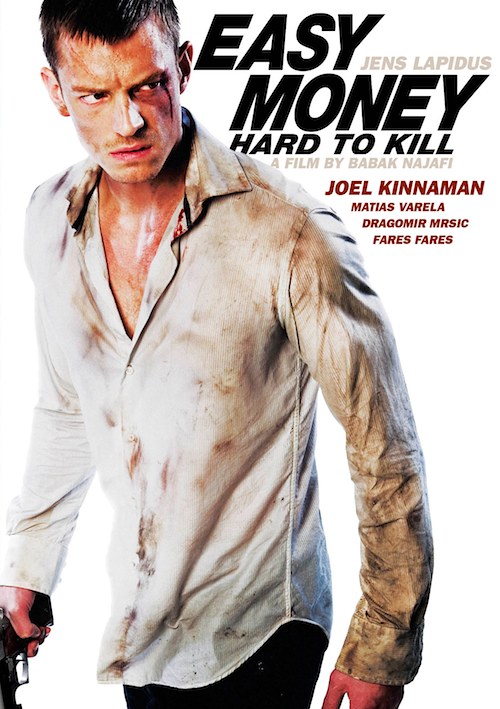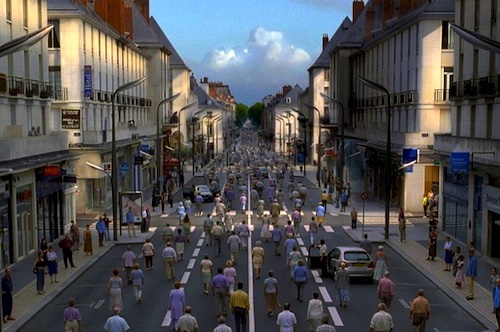By Joe Bendel. You can draw a lot of conclusions about people simply from judging the groups trying to kill them. Most western observers are utterly baffled by the bedlam of the Syrian Civil War. However, it is pretty easy to side with the initial rebel groups who rose up against the Assad regime and now find themselves battling a virulently Islamist faction in the north, once the particulars of the conflict are established. This Tuesday, PBS’s Frontline broadcasts Syria’s Second Front and Children of Aleppo, two boots-on-the-ground reports from Syria documenting the precarious state of the original, largely secular rebels and the dire conditions faced by sympathetic civilians.
ISIS, the Islamic State of Iraq and Syria, is supposedly so extreme and violent, al-Qaeda wants to keep them at arm’s length. Presumably, they will patch things up if ISIS takes operational control of Syria, which is not outside the realm of possibility. They have little use for secular society and a special enmity for reporters, whom they are perfectly willing to execute on sight. Nevertheless, Muhammad Ali, a daring independent journalist with a memorable name, has infiltrated ISIS controlled territory with a team of Free Syrian Army aligned rebels.
When ISIS eventually leaves town, everyone is relieved to see them go. Frankly, many of the local citizenry are quite courageous expressing their hopes for a free secular democratic state. However, the prospects are rather iffy, even if the fractious rebel forces can unite against both ISIS and Assad. Second Front offers some cautious optimism on this score, but it is tempered by the shocking footage of the better organized ISIS brutally administering Sharia Law.

According to Children of Aleppo, an estimated 11,000 children have been killed in the course of the Syrian conflict. Most parents opted to shelter their sons and daughters outside the country. One FSA captain is a notable exception. He and his wife still live in their once fashionable Aleppo flat with their son and three daughters. The captain’s comrades are now like extended family to his girls, which would be almost heartwarming, if their familiarity with the sounds of war were not so tragically well developed.
Those who have seen Matthew VanDyke’s Not Anymore will also recognize his footage of a twelve year old protest singer, who just started performing for his camera as a shell landed nearly on top of them. Both survived, but she evidently now lives in Qatar. Frankly, VanDyke’s film is even more effective than the Frontline films at putting a human face on the Syrian civil war. Although it is now available online, interested New Yorkers can see VanDyke’s short doc on the big screen on February 28th as part of the 2014 Winter Film Awards. In contrast, Syria’s Second Front better establishes the ideological and geopolitical context for the various factions.
The one-two punch of last month’s Secret State of North Korea and the upcoming Syria’s Second Front make this Frontline’s strongest season perhaps ever. Both broadcasts represent solid investigative journalism conducted in countries that do not recognize press freedoms. Highly recommended, Frontline’s twofer of Syria’s Second Front and Children of Aleppo air tomorrow night (2/11) on most PBS stations nationwide.
LFM GRADES: A-/ A-
Posted on February 11th, 2014 at 12:37am.



